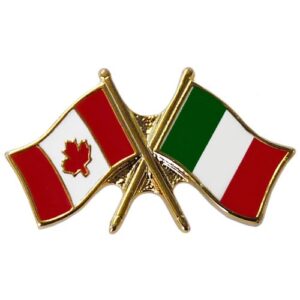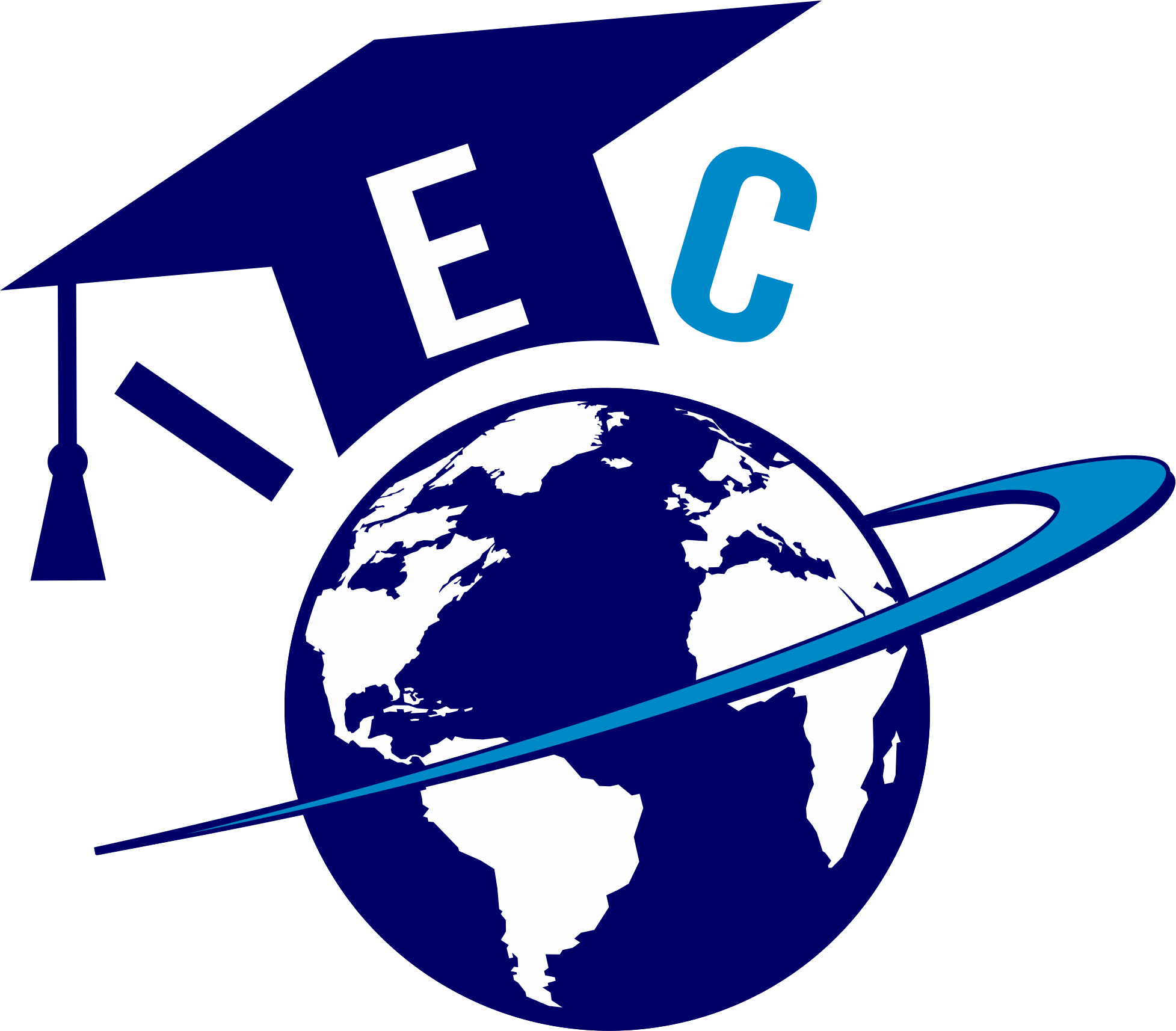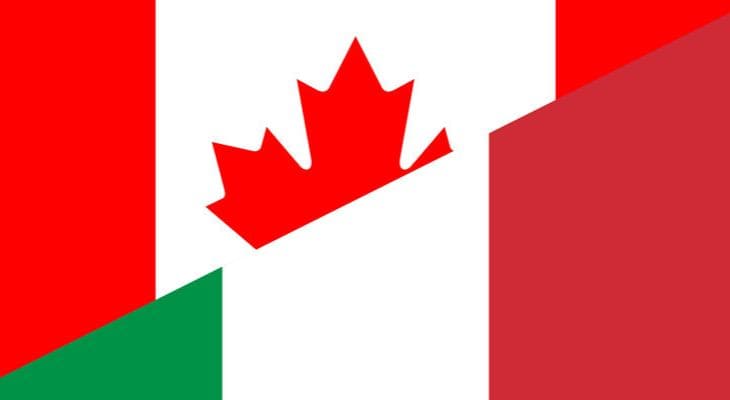Immigration to Canada from Italy

Immigration to Canada from Italy: A Comprehensive Guide (2024)
Introduction
Immigration to Canada has long been an attractive option for individuals and families seeking a better quality of life, economic opportunities, and political stability. Italians have been migrating to Canada for decades, contributing significantly to Canadian society, culture, and economy. This guide provides an in-depth look at the process of immigrating to Canada from Italy in 2024, covering immigration programs, eligibility requirements, costs, and tips for a successful move.
Historical Context of Italian Immigration to Canada
Italian migration to Canada has its roots in the early 19th and 20th centuries. Italians played a vital role in shaping Canada's infrastructure, particularly through construction and labor-intensive industries. Communities such as Little Italy in Toronto and Montreal serve as vibrant reminders of the Italian diaspora's cultural contributions. Today, the tradition of Italian immigration continues, driven by professional opportunities, family reunification, and educational aspirations.
Reasons to Immigrate to Canada: Immigration to Canada from Italy
1. Quality of Life:
Canada consistently ranks high in global quality-of-life indices, offering free healthcare, excellent education, and a strong emphasis on community well-being.
2. Economic Opportunities:
Canada’s economy is robust, with demand for skilled workers in sectors such as engineering, healthcare, IT, and construction. Italian professionals, particularly in trades, design, and culinary arts, often find their skills valued.
3. Multicultural Society:
Canada is a welcoming country that embraces diversity. Italian immigrants can enjoy a supportive community while integrating into a broader multicultural fabric.
4. Family Reunification:
Canada offers programs that allow families to reunite, making it easier for Italians with relatives in Canada to join them.
Immigration Pathways from Italy to Canada
1. Express Entry System
The Express Entry system is the most popular pathway for skilled workers seeking permanent residency (PR). It includes three main programs:
- Federal Skilled Worker Program (FSWP): For individuals with significant work experience in skilled occupations.
- Federal Skilled Trades Program (FSTP): For individuals in trade occupations.
Eligibility Criteria:Immigration to Canada from Italy
- Language proficiency in English or French (IELTS, CELPIP, or TEF tests).
- Educational credentials assessed by designated organizations (e.g., WES).
- Relevant work experience.
- A valid job offer may enhance eligibility but is not mandatory.
Application Process:
- Create an online profile in the Express Entry portal.
- Receive a Comprehensive Ranking System (CRS) score.
- Wait for an Invitation to Apply (ITA) during periodic draws.

2. Provincial Nominee Program (PNP)
Each Canadian province has its own immigration program designed to meet its labor market needs. Some popular provinces for Italian immigrants include:
- Ontario: Through its Human Capital Stream, targeting professionals in IT, finance, and healthcare.
- British Columbia: Known for opportunities in technology and hospitality.
- Quebec: Offers a separate program with a focus on French-speaking applicants.
How It Works: Applicants can either apply directly to a province or express interest in a province through the Express Entry system. A provincial nomination adds 600 CRS points, significantly improving the chance of receiving an ITA.
3. Family Sponsorship: Immigration to Canada from Italy
Italian nationals with close relatives in Canada can apply under the Family Class Sponsorship Program. Eligible sponsors must be Canadian citizens or permanent residents and can sponsor:
- Spouses or common-law partners.
- Dependent children.
- Parents and grandparents (under the Parent and Grandparent Program).
Requirements for Sponsors:
- Proof of financial ability to support the sponsored relative.
- A commitment to a sponsorship agreement.
4. Study Permits and Post-Graduation Opportunities
Italy has a strong academic tradition, and many Italian students opt for Canadian institutions for their higher education. Canadian universities and colleges provide world-class education in diverse fields, including engineering, business, and arts.
Steps for Study Permit Application: Immigration to Canada from Italy
- Secure admission from a Designated Learning Institution (DLI).
- Prove financial ability to cover tuition and living expenses.
- Submit a study permit application through Immigration, Refugees and Citizenship Canada (IRCC).
Post-Graduation Work Permit (PGWP): Graduates from DLIs can apply for a PGWP, allowing them to work in Canada for up to three years.
5. Temporary Foreign Worker Program (TFWP)
Italian professionals and tradespeople can apply for a work permit under the TFWP. Employers in Canada must obtain a Labour Market Impact Assessment (LMIA) to demonstrate the need for foreign workers.
Costs of Immigration
1. Express Entry Fees:
- Application fee: CAD 1,365 (per adult applicant).
- Right of Permanent Residence Fee: CAD 515.
2. Additional Costs:
- Educational credential assessment (ECA): CAD 200–300.
- Language testing: CAD 300–350.
- Biometrics: CAD 85 per person.
3. Travel and Settlement: Immigration to Canada from Italy
- Airfare from Italy to Canada: EUR 600–1,000.
- Initial settlement funds required for Express Entry: CAD 13,757 for a single applicant.

Challenges of Moving from Italy to Canada
1. Language Barriers:
While many Italians speak English, achieving the proficiency required for immigration programs can be challenging. Enrolling in language courses in advance is advisable.
2. Credential Recognition:
Professionals like engineers, teachers, and healthcare workers may need to have their Italian qualifications recognized by Canadian regulatory bodies.
3. Climate Adjustment:
Canada’s climate, especially in provinces like Alberta or Manitoba, can be starkly different from Italy’s Mediterranean weather.
4. Cultural Adaptation:
Adapting to Canadian norms, including workplace etiquette and social interactions, may require adjustment for newcomers.
Tips for a Successful Transition
1. Research Cities and Provinces:
Choose a destination in Canada that aligns with your career goals and lifestyle preferences. Major cities like Toronto and Vancouver offer diverse job opportunities, while smaller towns can provide a quieter, more affordable lifestyle.
2. Connect with Italian Communities:
Joining Italian cultural associations in Canada can provide a sense of familiarity and a support network.
3. Prepare Financially:
Save funds to cover initial expenses, including housing, food, and transportation, for at least six months.
4. Seek Professional Help:
Consider hiring an immigration consultant or lawyer to guide you through complex application processes.
Italian Communities in Canada: Immigration to Canada from Italy
Cities such as Toronto, Montreal, and Vancouver host vibrant Italian communities. Festivals like Toronto’s Taste of Little Italy and Montreal’s Italian Week celebrate Italian culture, food, and music. These communities can provide social support and cultural familiarity for newcomers.
Conclusion
Immigrating to Canada from Italy in 2024 presents exciting opportunities for individuals and families seeking a better future. With diverse immigration pathways, a strong Italian community, and Canada’s welcoming environment, the journey can be rewarding. Understanding the requirements, costs, and challenges of immigration will help Italian nationals make informed decisions and ensure a smooth transition to life in Canada.

